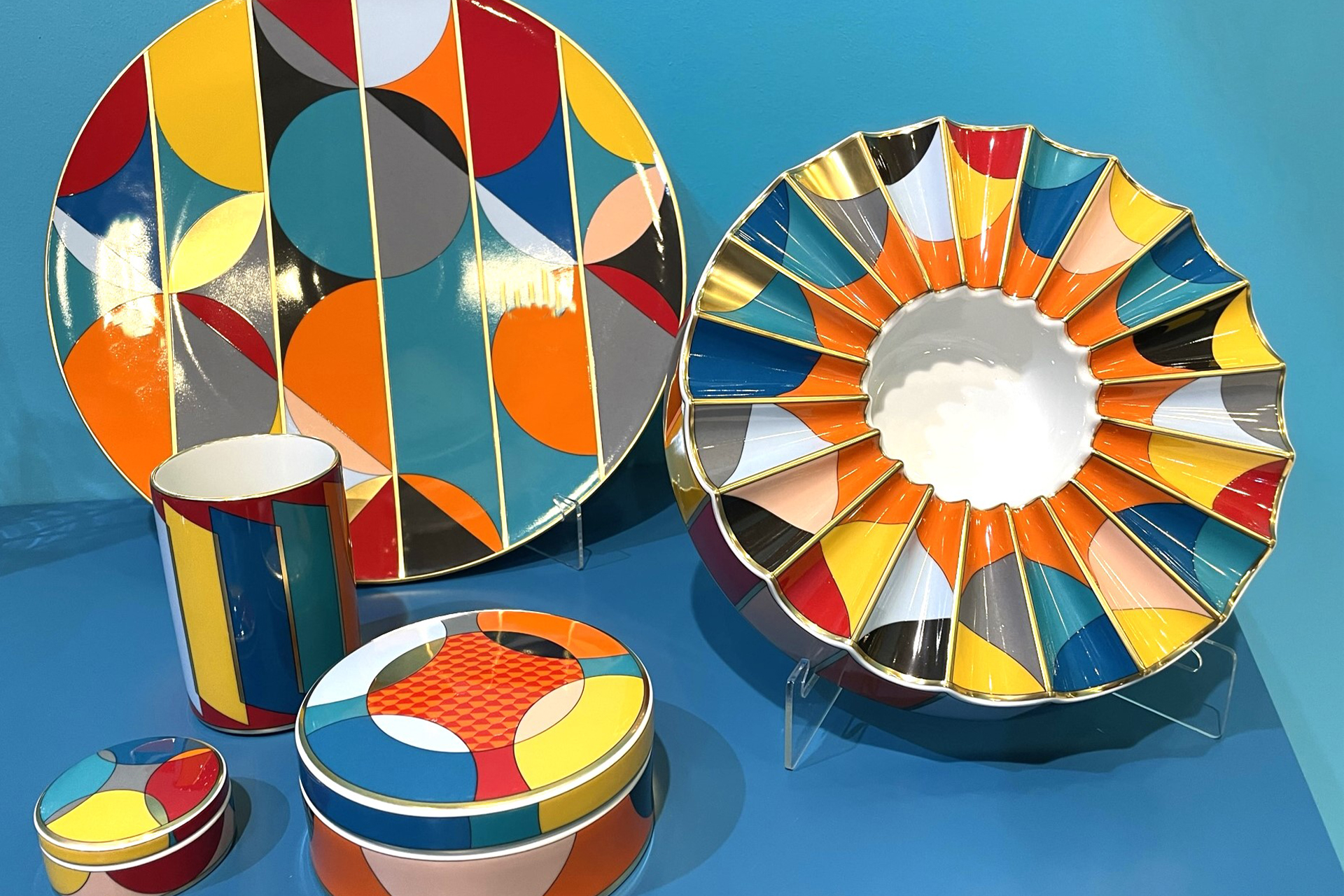Around five years ago, my husband Bill discovered Trapeze School New York. It looked fun and straightforward, so we signed up. The experience was by turns frustrating, painful and terrifying… but in the end, transformative.
Walking into the New York Tabletop Show, it was easy to draw parallels between the trapeze experience and some of the development challenges the industry faces in the current lackluster marketplace. Imagine that the trapeze bar we are currently swinging represents our current assortments. Over time, as momentum slows, we must expend ever more energy to keep that bar in motion so we can use it to propel us to the next bar which represents the advancement and evolution of our products, brands, etc. From this perspective, moving forward can be treacherous because any move requires calculation and judgment, factors that change with every swing of the bar we are on. In these moments, staying where we are can seem like the safest decision. Then we remember that our choices are limited – it’s fly or die. This October, the New York Tabletop Show seemed to broadcast a collective decision: Fly.
This prevailing market mood was best described by one housewares senior executive who noted, “There was a sense that we’ve reached the light at the end of a tunnel. That the industry is ready to move forward again.” This comment captured the show’s atmosphere perfectly. As my review of exhibitors and collections expanded, that sense of emergence and promise seemed ever more justified.
In brief, here are some of the numbers and newness on show at the New York Tabletop Show reinforcing the potential for renewal in the marketplace:
With only one exception, every vendor and brand we spoke to at the show reported introducing at least double the number of new products in 2023 than they had in 2022 (excluding minor line-item extensions/expansions). Existing line extensions and minor expansions (including extant licenses) are projected to remain flat year over year. That translated to a significant number of new introductions at this market, revealing many interesting trends in evolution across tableware right now. The fact that trends here often reach across the classifications of dinnerware, flatware, glassware and serveware gives them added stability and helps to build volume potential and lifespan of the trend.
Color, Pattern, and Form
Looking at what is garnering the attention and excitement of retailers, it becomes clear that descriptors like traditional and contemporary are less important than inspiring design and a sense of style and story. The Meaning, a broad new collection from Vista Alegre, presents a contemporary reinterpretation of floral, geometric, and pastoral imagery that is certain to find great appeal among traditionalists as well with its use of deconstructed traditional themes in crystal porcelain and faience. Futurismo from Vista Alegre is still drawing expansive attention with its complex, vivid geometrics and innovative forms.
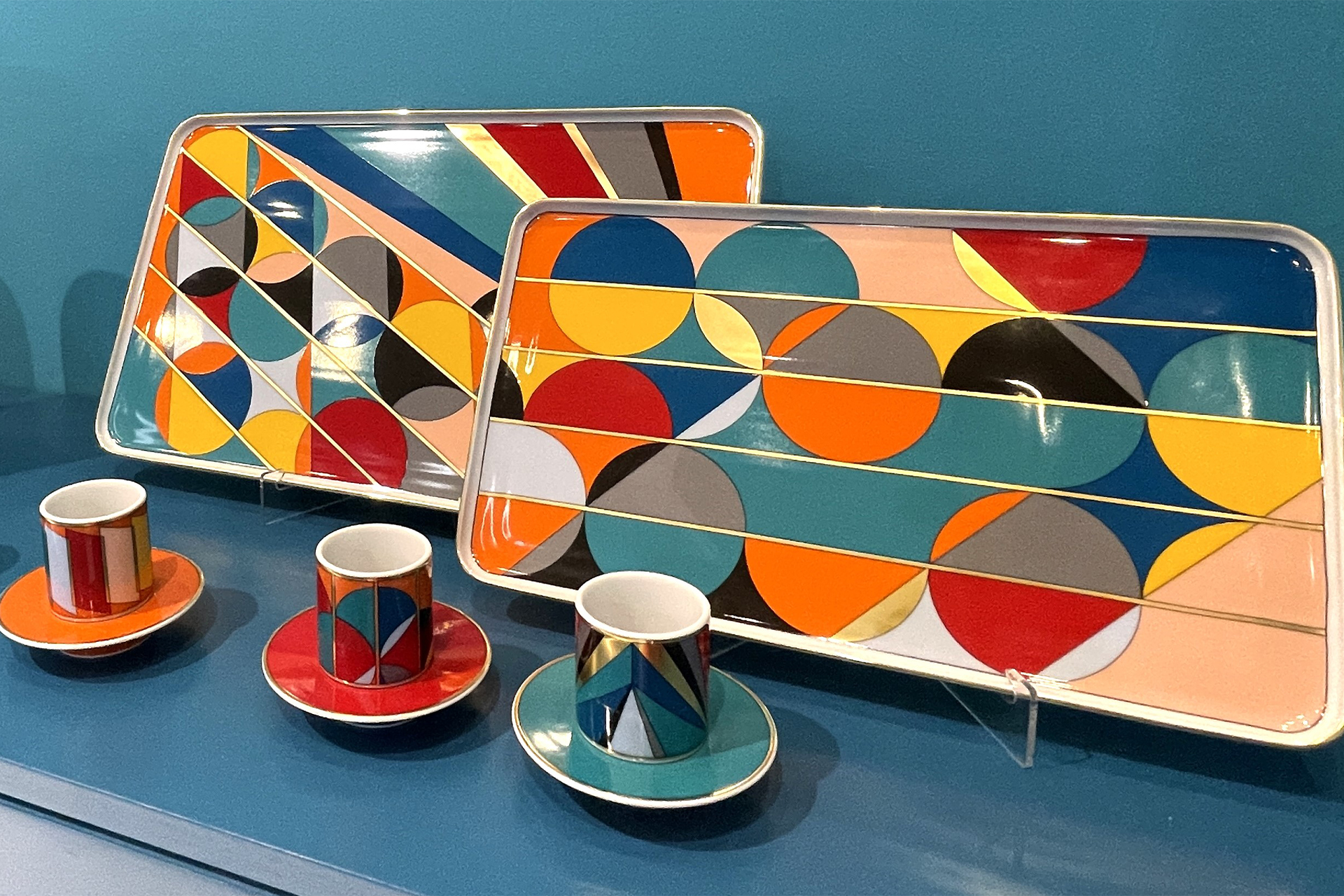
Vista Alegre Futurismo Tableware
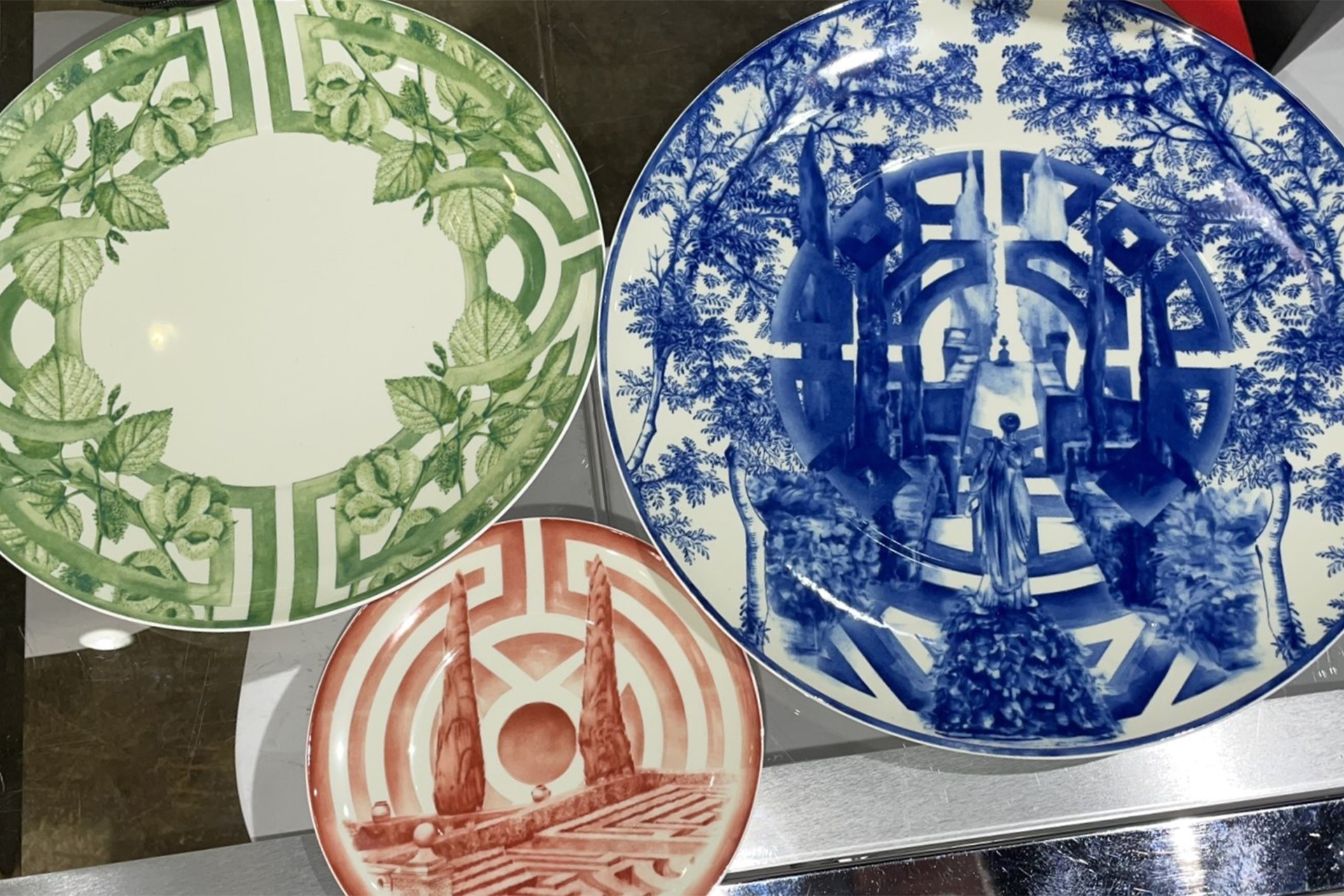
Vista Alegre The Meaning Collection Dinnerware
Similar polarities were evident in flatware, as slender Black Shea flatware from Towle Living got top marks alongside fluid, organic Antigo from Costa Nova. In stemware and barware, Riedel’s new Superleggero varietal wine stems gave near invisible lightness to classical forms, while Nachtmann reframed its traditional crystal pattern, Noblesse, offering a whisky tumbler in opaque satin black and stemware sets in four lighthearted pastels.
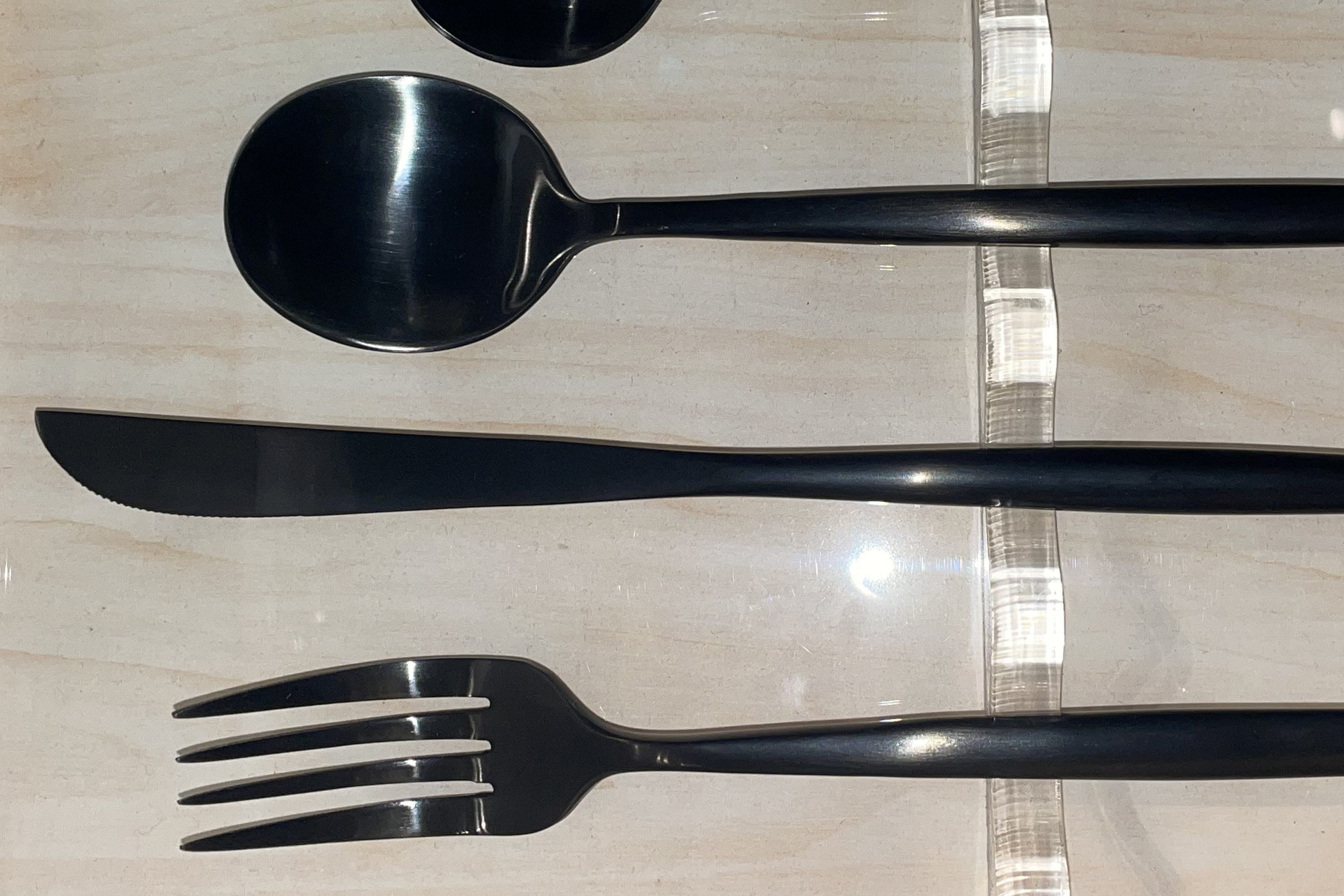
Towle Living Black Shea Flatware
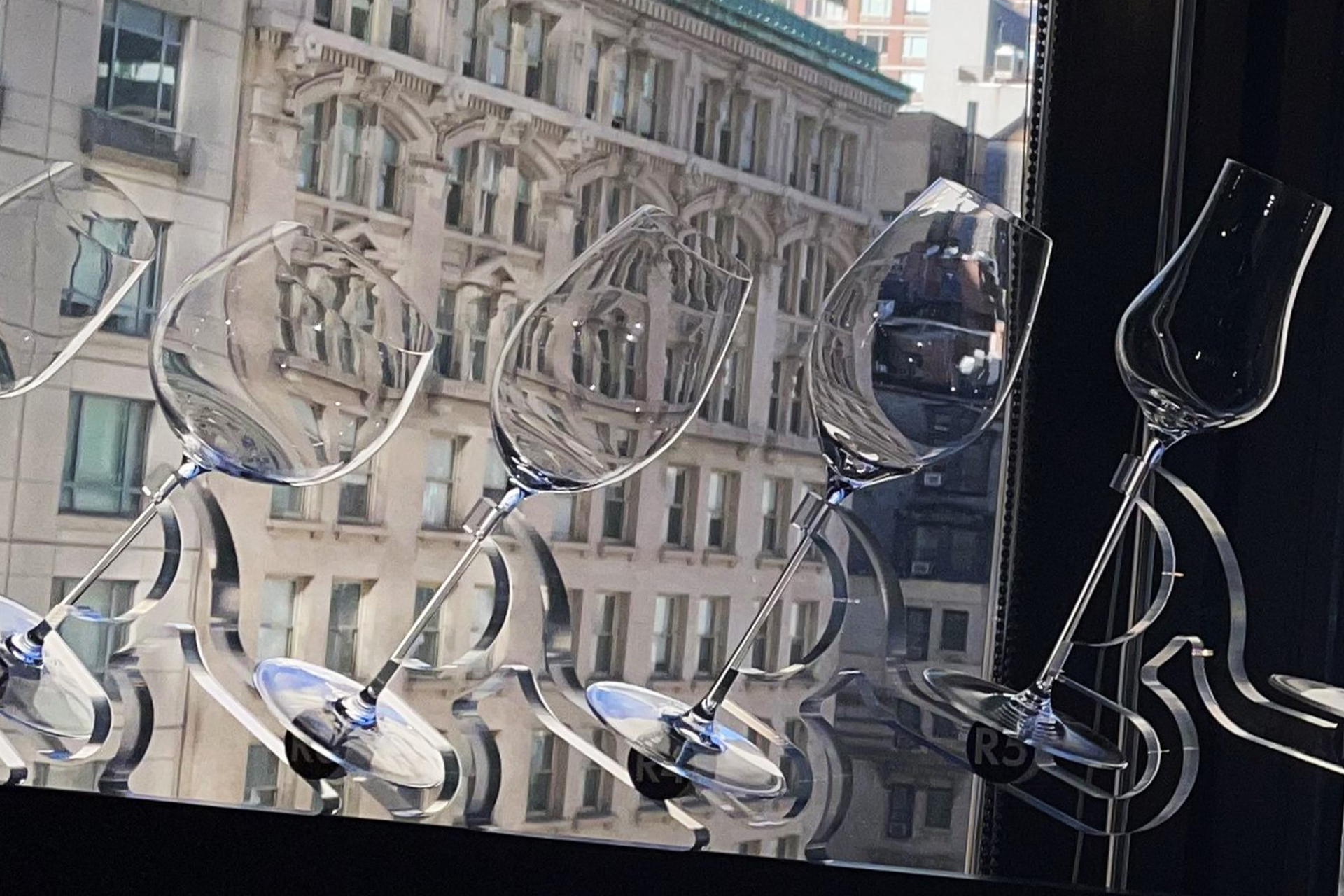
Riedel Superleggero Varietal Stemware
Form took some decisive, if unexpected, turns in tabletop. The mission towards minimalism still held strong, but the presence of more organic shapes had a markedly increased presence, as did more textural and irregular forms, intent on delivering a more crafted, handmade appearance.
In glassware and barware, there was a renaissance of color in palettes ranging from pale to intense. This was a departure for many of the tableware brands that usually have introduced products in this category as accents to their tableware lines. At this market, the classification was clearly directed toward cocktail culture and the continuing interest of the home bar enthusiast. Additionally, many of the new collections were offered in assorted colors, delivering a curated look to the consumer in a single item.
Material innovations at market also helped move color forward for some brands. At Mikasa, the Madison Colored Bone China Collection was introduced after more than three years devoted to perfecting the technology of creating in-clay color for bone china. Each of the four saturated pale colors available must be fired separately at a different temperature to create the final product. Similarly, Gibson’s Sur La Table brand introduced new tumblers and highball glasses in vivid colors with thick, clear shams. All are dishwasher safe thanks to the casing process used in production.
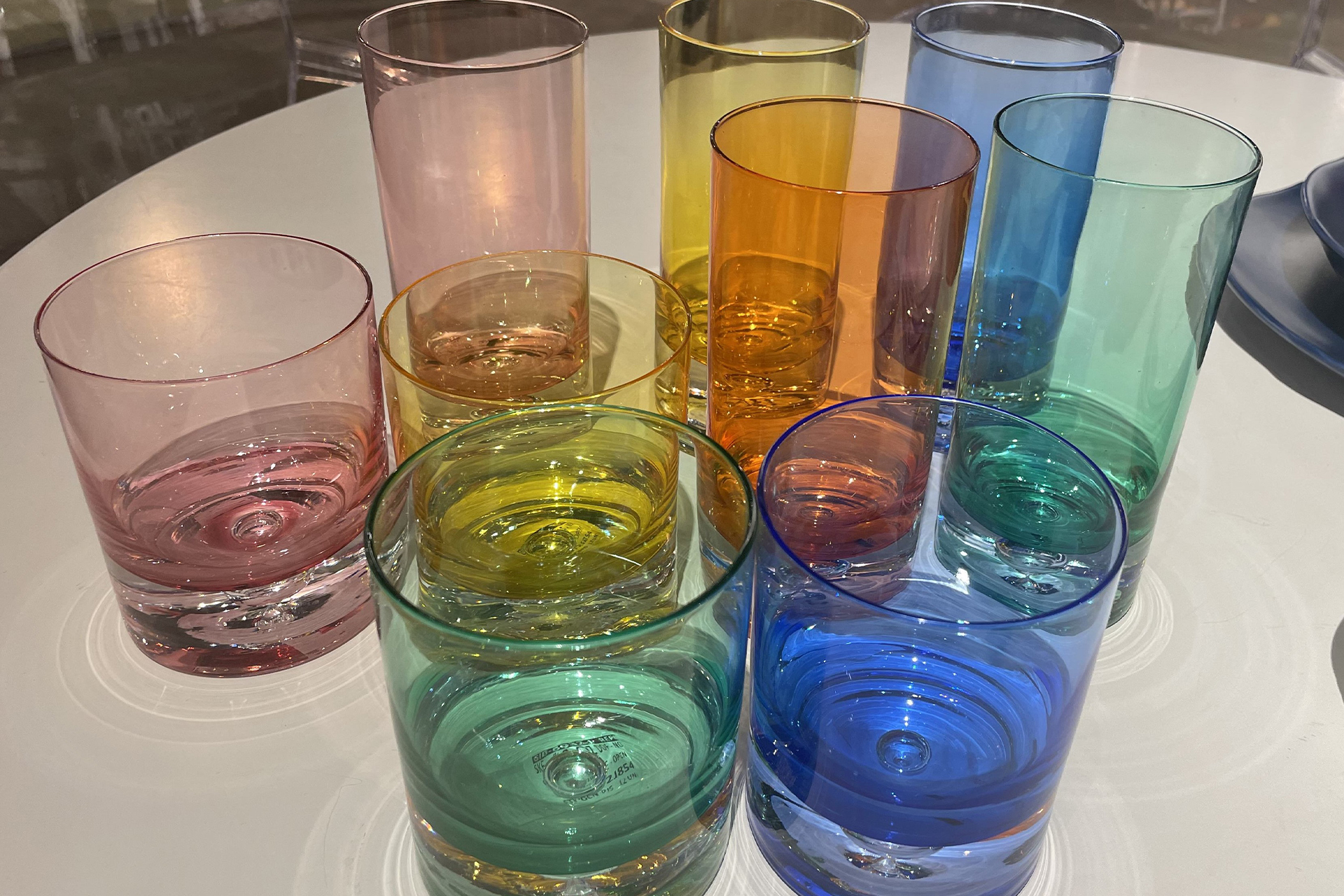
Gibson Sur La Table Colored Tumblers and Highballs
All of these made manifest what seemed like a timely new ethos: Great design is a journey, not a destination, which both reflects and inspires the imagination of its times.
No Net. No Guarantees.
There are some admirably bold design and product choices being made here. The excitement of forward movement toward new consumers and next-level products involves risk. In this case, leading tableware companies are introducing beautiful, even innovative new products and assortments that disregard some well-established consumer preferences. Paramount among these are use and care issues, including microwave and dishwasher safety. Does the lack of these labels really mean that most consumers will simply walk away? Market conversations indicate a degree of skepticism that these “preferences” and “established standards” are either overstated or lack recent statistical validation, especially when applied to products that are not for everyday use. This is a fascinating rabbit-hole idea. Follow me for a moment…
“Fact”: Consumers want mugs with handles, so they don’t want to burn their hands. At recent home shows in Frankfurt, Paris, Milan and New York, offerings of mugs without handles were definitely in ascent. New technologies such as double-walled ceramic construction and glazes with low thermal conductivity are eliminating the risk of burn injury. But is re-educating consumers worth the effort and investment risk to gain undefined market share? Possibly. Consider Riedel’s decision to introduce stemless wine glasses to the luxury market in 2004 with the “O Series” in 2004. It was a risk that not only paid off, but arguably it also reenergized the classification for consumers.
With all the new and noteworthy, it’s important to comment on core programs and their place in the market. Basics and core programs remained crucial to assortment discussions, and line extensions and expansions were plentiful and strong. But unlike recent tabletop markets, these primary volume drivers were no longer front-of-showroom features and did not seem to be the lead topic on every meeting agenda. Most walk-through conversations were focused on building forward momentum and reinforcing brand identity and value for retailers and consumers.
Suppliers at the New York Tabletop Show delivered a solid market focused on issues critical to its continued relevance in the modern marketplace: consumer-centric development and brand evolution and differentiation. In returning to the trapeze analogy, the industry has released the old swing bar and, propelled by a new certainty, it has chosen flight. Now, in this transition period, we wait as it reaches out for “the catch” of a successful market response.

